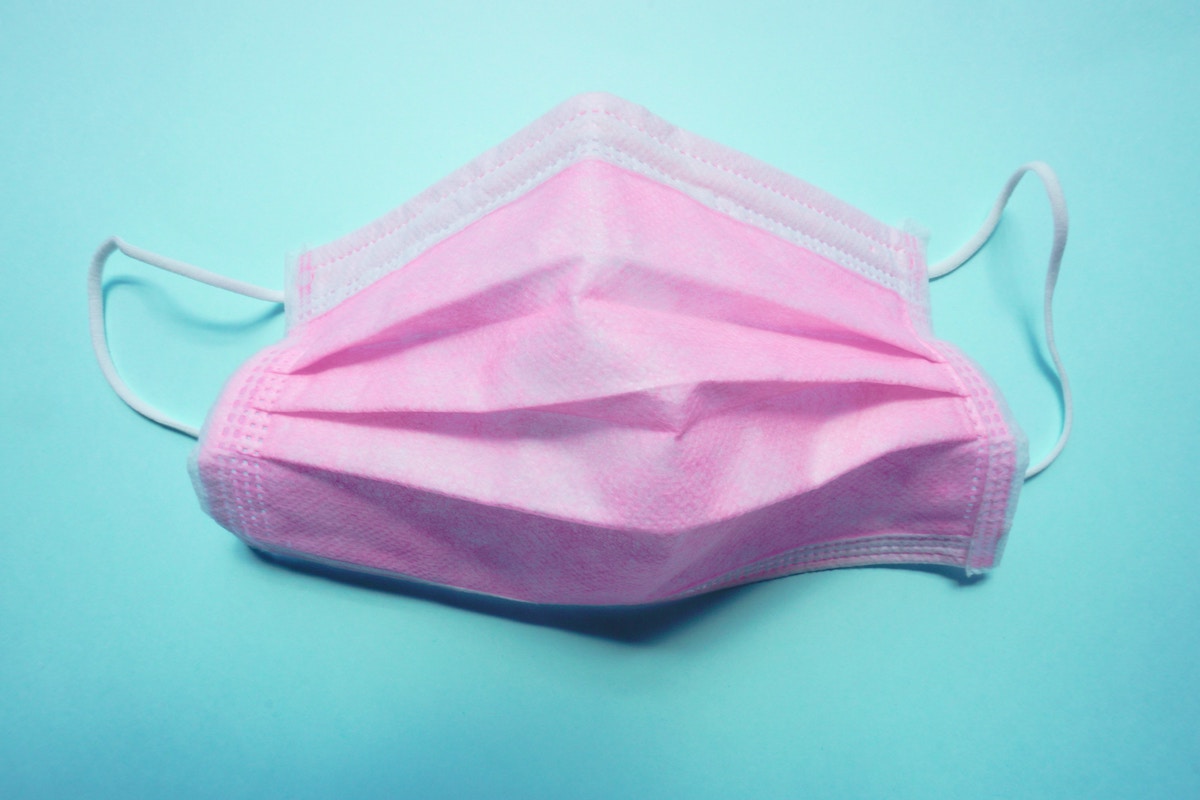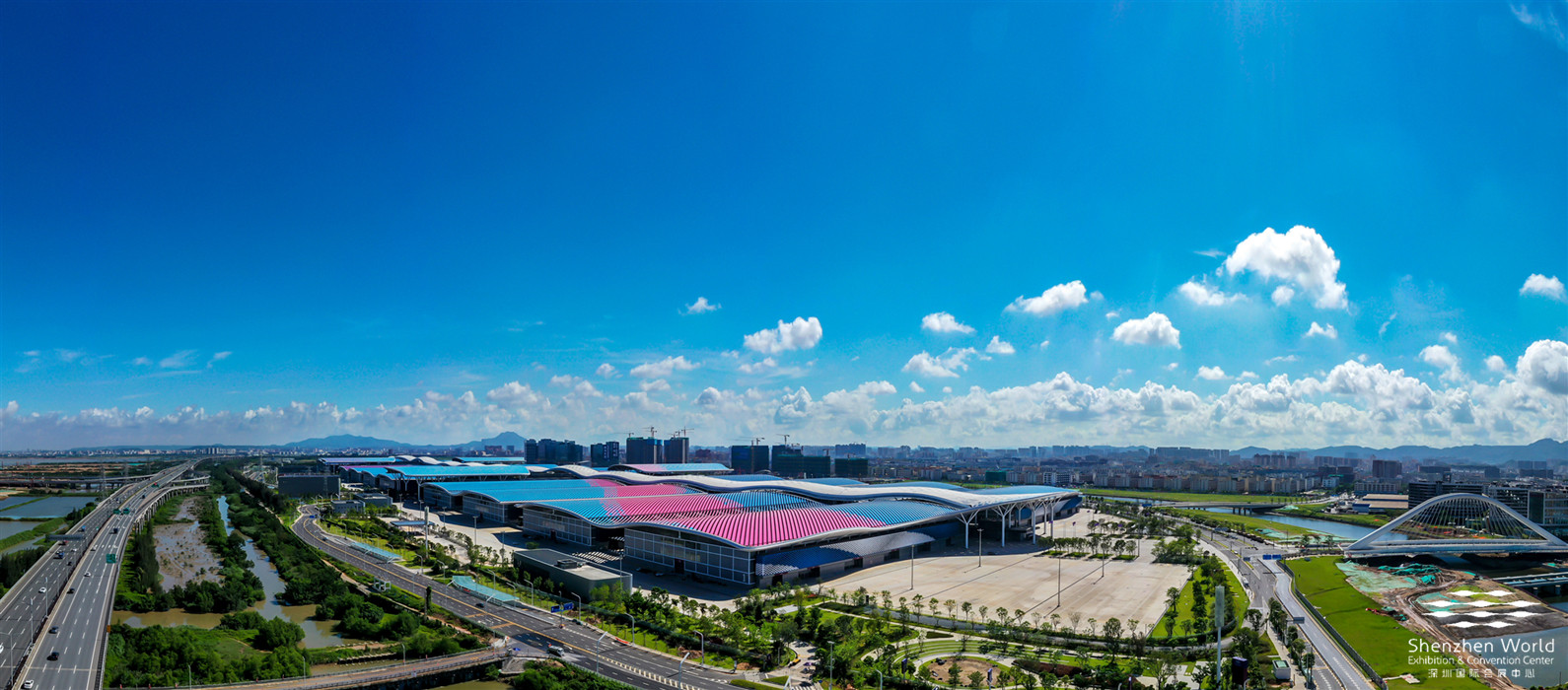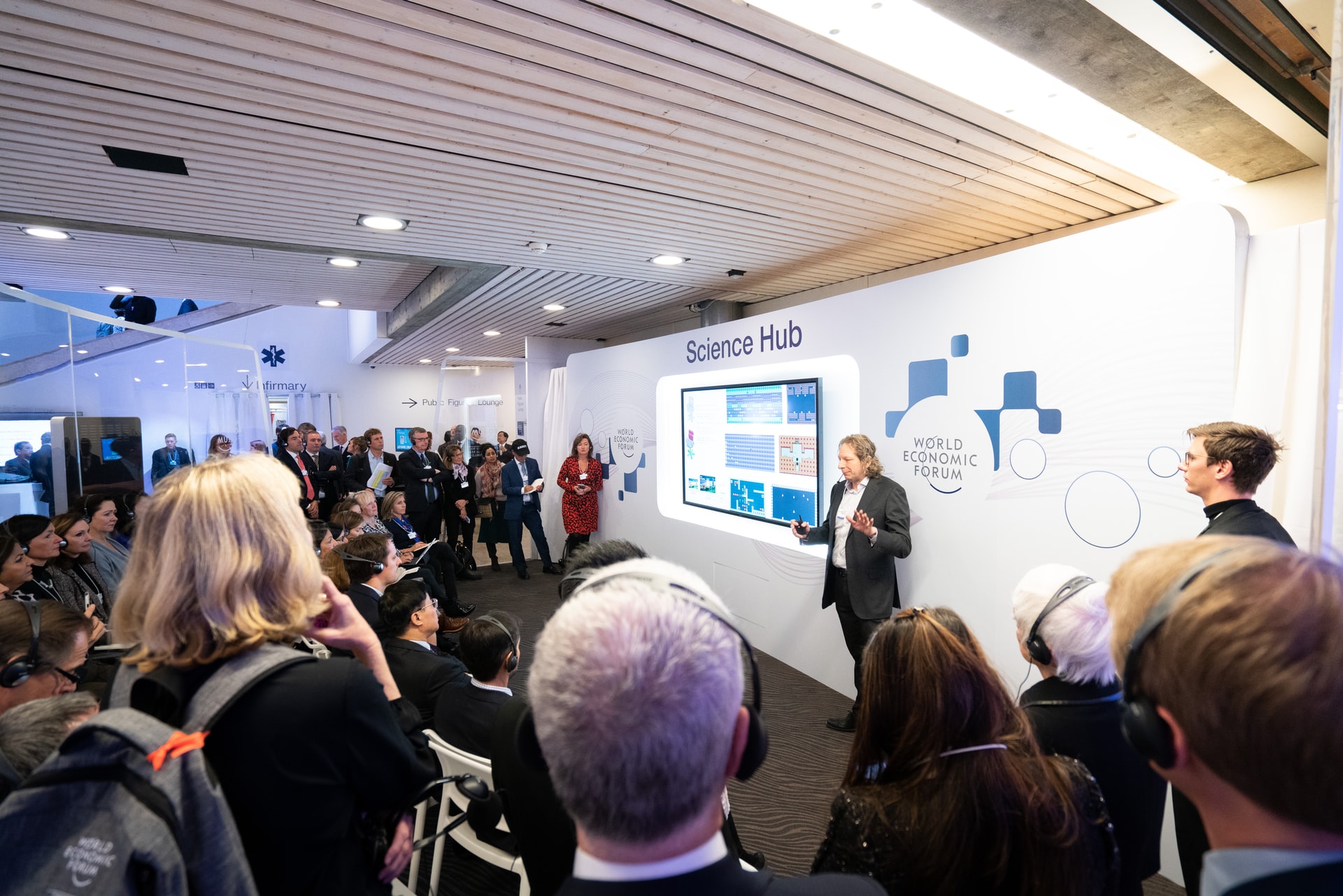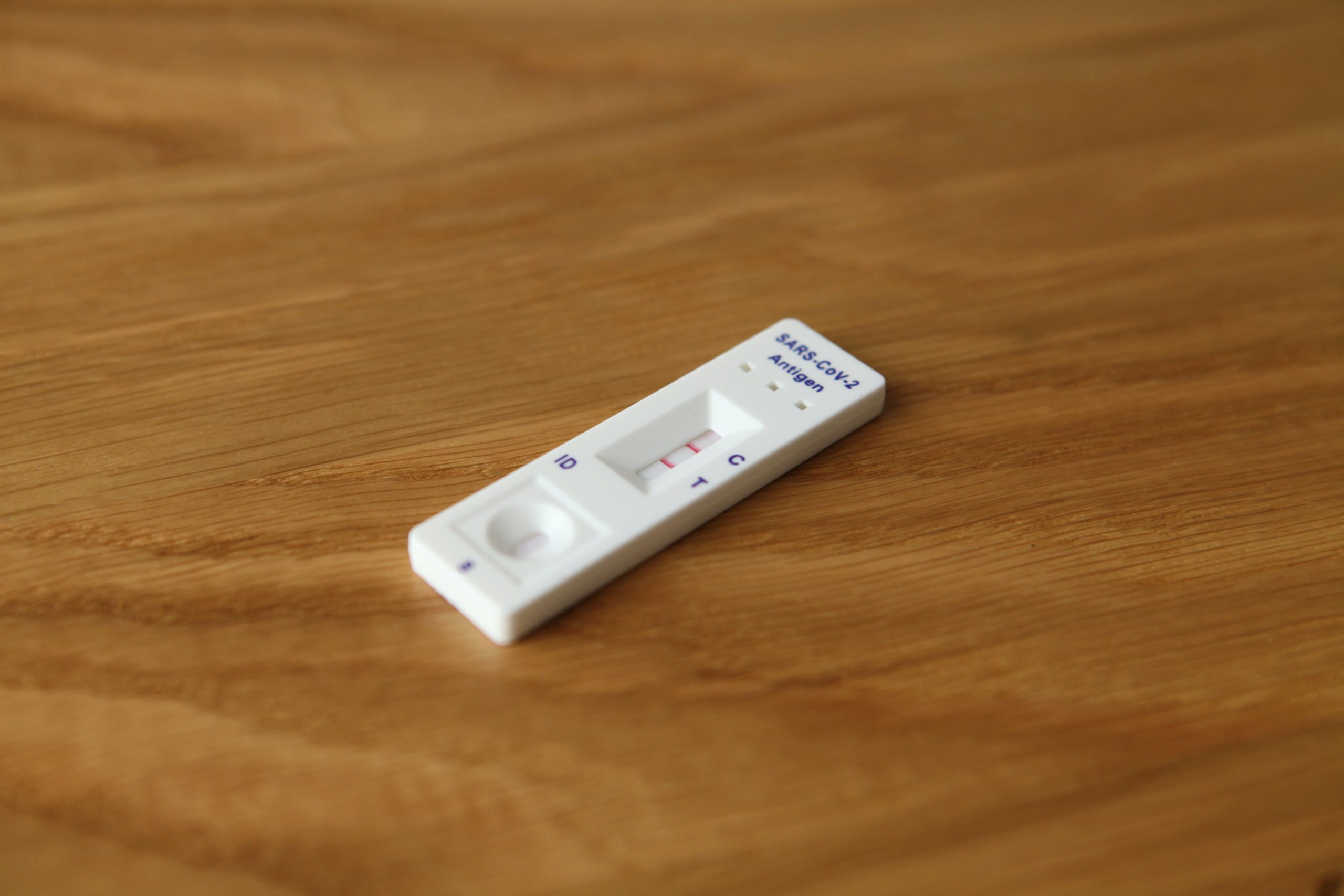Skift Take
In August, Germany performed an experiment with 1,500 participants to understand how the Coronavirus spreads at events. Here are the results.
In August 2020, many of us were captured by RESTART-19, a very promising experiment that planned to shed light on how the virus spreads at events. The event industry has been devastated under the stigma of ‘superspreader events’, a perception that every event is dangerous.
Any research that demonstrates how the industry can get back to in-person meetings safely is welcome. While airlines are busy publishing Harvard-backed research on how safe flying is, the fragmentation of the meetings sector is preventing more fact-based lobbying from hitting the mark. Until today.
The study, which was carried out by the German University Medical Center Halle (Saale), shows what does happen at events.
Will this be a gamechanger for the industry?
A Controlled Experiment
The study consisted of three parts:
1. A live concert that took place on August 22, 2020 with 1,500 participants to determine the level of exposure through direct contact with others in the venue
2. A computer simulation of the airflow to estimate the level of exposure through aerosols
3. An epidemic model (“Epidemiologisches Modell”) created based on data from the first two
The Concert
In the first part of the study, RESTART-19 organized a controlled indoor concert with 1,500 live participants to simulate the risk of infection of Covid-19. The simulation included three scenarios:
1. ‘Pre-corona’ scenario: An event with a maximum venue capacity of 8000 visitors executed as it would have been before the pandemic
-
- No social distancing (but including PPE)
- Two entrances to the venue, two catering stations, and unrestricted washroom access
2. Moderate hygiene measures: The same event running at 50 percent capacity with 4000 participants in which only every second seat of the arena was occupied (a ‘chessboard’ seating plan)
-
- The venue was split into quadrants with dedicated entrances and food service in each, and every second urinal within the washrooms was closed
3. Limited seating measures: The same event with only 1,500 visitors who are all sitting in pairs in which a distance of 1.5m (about 5ft) was maintained between pairs and enforced within the spectator stands
-
- Eight entrances to the venue, which was split into quadrants with dedicated catering, and again, every second urinal was closed
The scenarios included a performance by German artist Tim Bendzko “in order to depict spectator behavior as realistically as possible” and also included a simulation of arrivals and departures by tram.
During the concert, all 1,500 participants were provided a contact tracer that collected data and measured the participants’ location within 20 centimeters, as well as FFP2 masks (similar to N95). The data was verified over several weeks. Participants were also given fluorescent hand sanitizer, which was then used to identify with UV light which surfaces were frequently touched and inform potential future hygiene protocols.
While the study originally aimed to have 4,000 participants, only 1,500 volunteered. We asked Cornelia Fuhrmann of the German University Medical Center Halle (Saale) how the study came up with the data for the first two scenarios given that they only had 1,500 participants. Specifically, we asked whether they just extrapolated from the data collected from 1,500 people to imagine the 4,000-person and 8,000-person events, and that seems to have been the case.
The Computer Simulation
A computer-generated airflow simulation within the concert venue measured the path of potential aerosols around the venue based on existing ventilation within the structure. It “recreated the entire Quarterback Immobilien Arena as a computer model and divided it into small cubes. We then simulated how different ventilation scenarios affected the distribution of the aerosol particles,” Moritz explains.
The Findings
While the press release of the research digs deep into the scenarios, three key findings that many events are already failing to implement should be highlighted:
Registration and check-in are the most critical moments.
People lining up to enter the venue will increase the risk of spreading the virus. Planners should seek alternative ways to reduce loads at check-in. Technology is a lifesaver in this case as it offers ways to manage capacity. Increase the number of gates, with about 250 people entering per hour.
Hygiene measures during the event work.
This is a crucial concept because, if hygiene measures are respected, we can go back to meet safely. Compulsory mask-wearing needs to be enforced during the entire event, including while seated, because that’s when contact with other attendees mostly takes place. Food and drinks should be consumed while seated, so there is no new contact generated during the break. Employ ‘Hygiene Stewards’ on-site to maintain hygiene concepts and stick to the rules. Attendees who fail to comply should be requested to leave the venue.
Networking and food and beverage need to be re-evaluated.
Taking the masks off to eat and drink and mingling with others are substantial risk factors. The most effective scenario for mitigating risk through direct contact involved designated seats. The key component there is that attendees have a place where they are supposed to be for the duration of the event, and are in a position (seated) in which they are not inclined to move. In a concert scenario, standing should generally be avoided and food should be consumed while seated at a distance.
Poor ventilation increases the risk.
Planners will need to scope out venues for upgraded ventilation systems and considerably higher capacity than the people actually attending the event. Each venue will have its own ventilation system, and it’s crucial that this is considered for airflow pathways and how much (and how frequently) air is replaced. Full capacity of a room will inevitably increase the risk.
Are These Results Reliable?
While these results certainly represent some of the most helpful and concrete guidance the industry has received thus far, there are a couple things to keep in mind.
Firstly, although the experiment attempted to replicate natural participant behavior as much as possible, Dr. Stefan Moritz, the head of the study, noted that he was “extremely satisfied with the number of disciplined people [who were] wearing masks and using disinfectant.”
These variables heavily rely on individual compliance, and reports from across the industry have identified that as a pain point. Very few respect rules once freedom is given.
Secondly, the modeling for the first two scenarios seems to have been based on a simple scaling-up of the data collected from a group that is a fraction of the size those scenarios are meant to include. The results of the research have not been peer-reviewed (the authors pointed out in the press conference that the goal was not to publish an academic paper so much as to provide an industry with actionable advice now), so it’s not clear whether the study has been subject to the same rigors of other science-backed recommendations for health and safety.
Nevertheless, combining strict hygiene measures, updated ventilation, and dedicated, physically-distanced seating with testing at the door seems to be the only scenario that really minimizes the risk of contagion. Employing hygiene stewards should be the norm. Mask wearing and distancing should be enforced at all times, and standing in groups should be avoided at all costs.
Food and beverage and networking moments should be re-evaluated if the event is to be deemed safe.
The hope is that more research in this direction will be carried out to finally give the industry a solid framework to work with.





